There's no checkered upholstery or tight-angle six-cylinder engines in Volkswagen's latest sports models, but the ID.3 GTX and ID.7 GTX Tourer show there's no need to skimp on electric motors, either.
I would not wish on anyone the embarrassing misstep that Volkswagen, so confident in Ferdinand Piech's time, made before the world's eyes with electric cars. Software issues, faltering production and a long string of quality complaints have cast a dark shadow over the brand, and they now have to convince millions that it's just as possible to travel in an electric car as it is with a diesel station wagon.
However, this is not enough to achieve great success, because they have to throw a lifeline between devout Tesla followers and those who see hope in cheap Chinese electric cars, which requires character as well as a very good car. In Mallorca, the ID.7 Tourer and the new GTX family were presented at the same time, where the ID.3 GTX and ID.7 GTX can now be seen in red and powerful enough to fulfill their sporting promise.
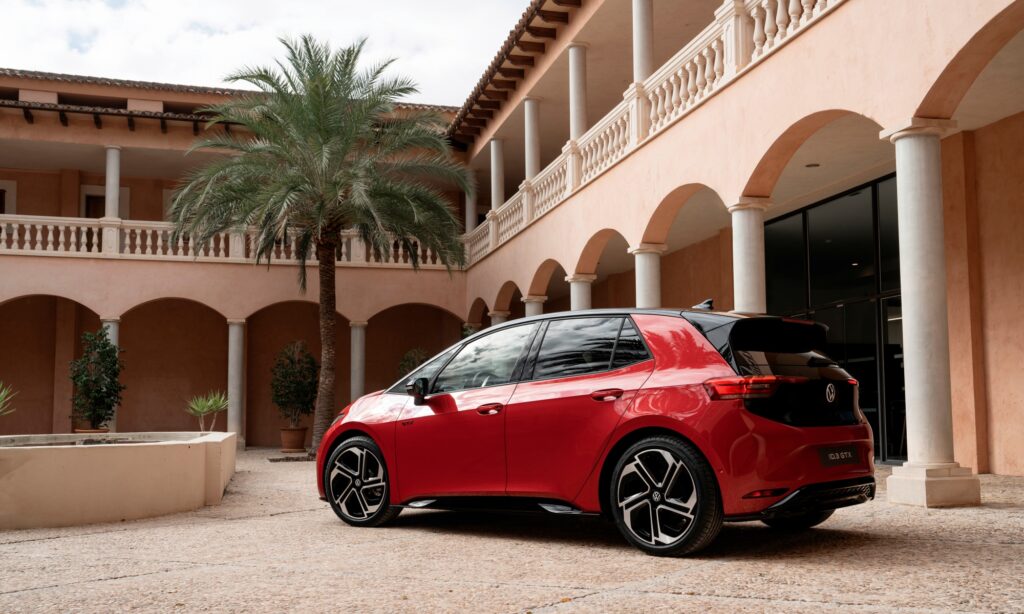
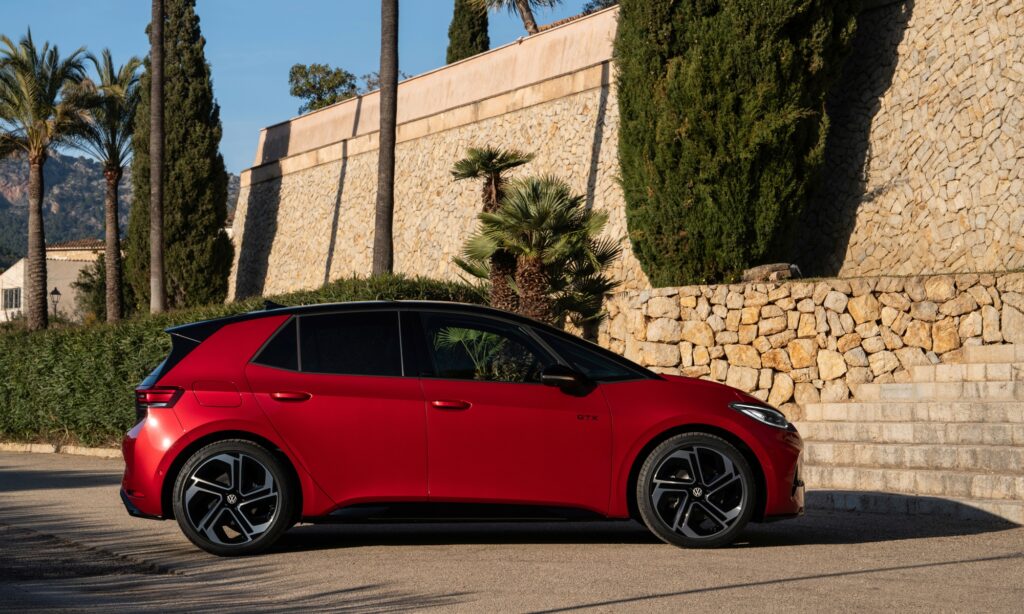
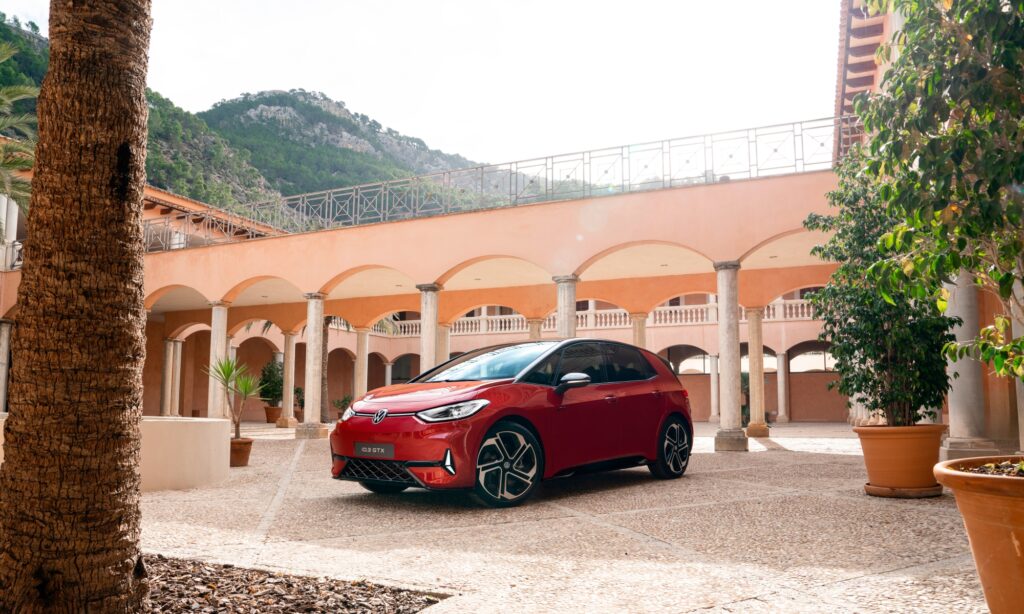
I hope the Volkswagen ID.3 GTX disproves that on a test drive, but in static view it looks like a rather bland chassis.
The cherry red color looks very nice on it, but the details that emphasize the sportiness almost require a magnifying glass, and the madness is delivered very discreetly by the ID.3 GTX. Arrowhead-shaped lights shine in its bumpers, and the radiator grilles and rear diffuser intake feature a honeycomb pattern. From the side, the turbo-style alloy wheels and GTX logos hidden under the mirror are eye-catching. More powerful electric Volkswagen cars of the future can be identified by these little things.
There's no dark red stripe around the lights like on the Golf GTIs or flashy brake calipers anywhere. The premium braking system will look ridiculous on MEB platform models, because even on these GTX cars there are sad drum brakes on the rear axle, which, although they do their job perfectly (because the electric motor slows them down enough when needed), is definitely not worth talking about the hatch Hot. It's at least as bad as the fact that even in the ID.3 GTX it won't be possible to completely turn off the traction control system at the factory, although the electric motor driving the rear wheels can provide plenty of reasons to drive. Hooligan atmosphere.
The Volkswagen ID.3 GTX has something to shine, because the smarter IQ.Light LED headlights and LED taillights, which have a running light indicator and X-shaped brake lights, are part of the standard equipment.
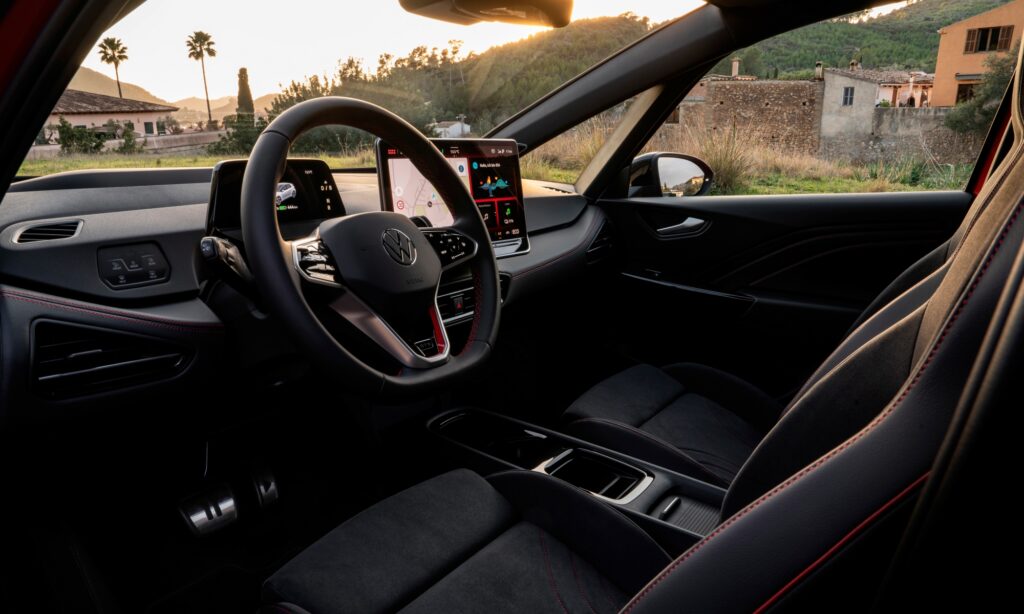
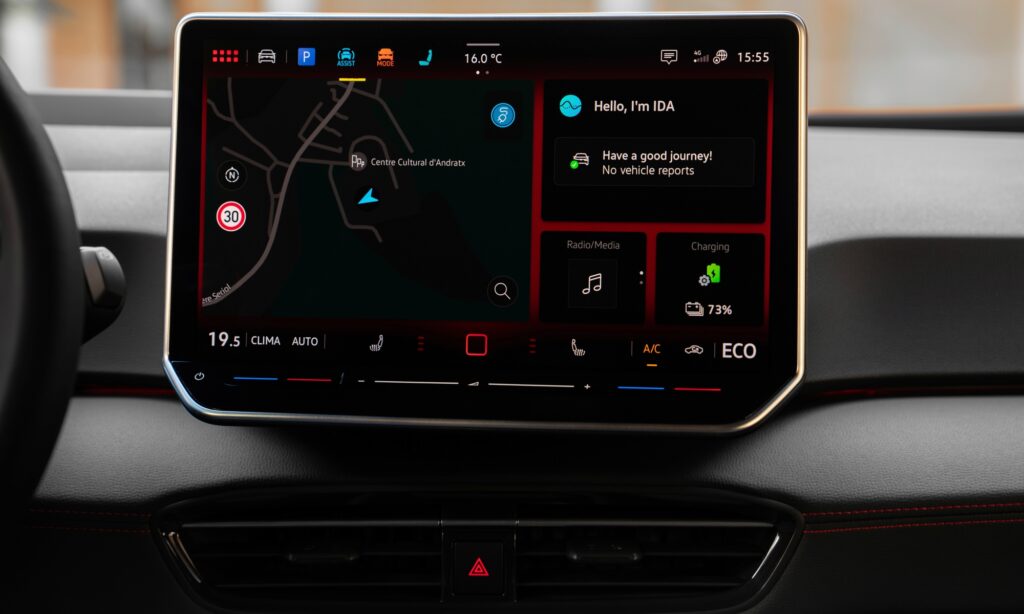
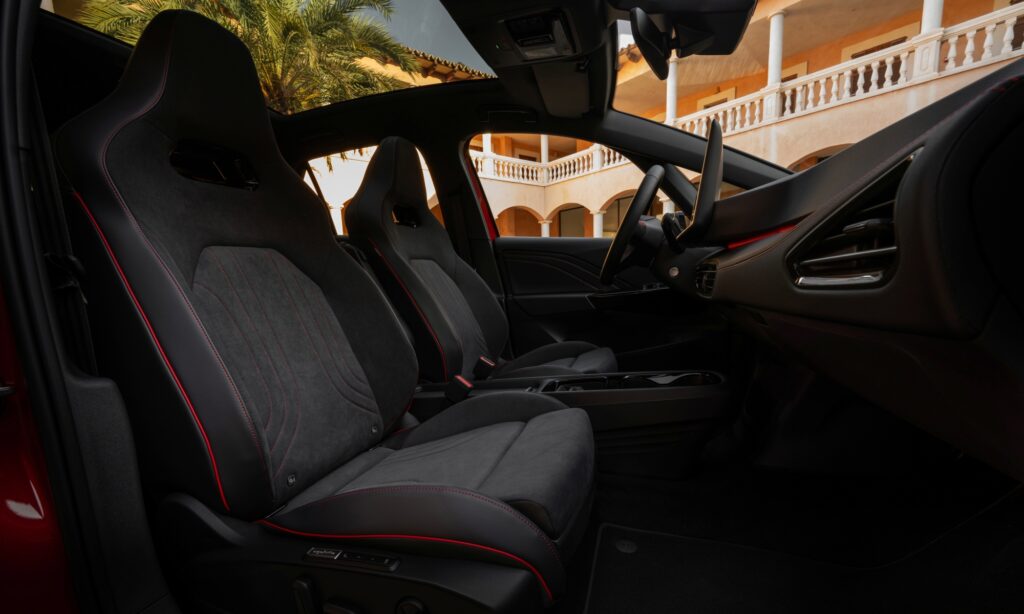
No golf ball, no checkered upholstery, no turbo engine, just red thread.
The ID.3 GTX is nothing like the fun-yellow Volkswagen Beetle GSR or Golf GTI, which perfectly combine everyday usability with adventure driving, because there's nothing really unique about it. While GTIs have always had the golf-ball-like shift knob and insanely cool checkered cloth upholstery, the GTX only has black stitched with red thread. However, this personal heritage should not be hidden behind a curtain like the 2.5 TDI.
The model update has had a significant impact on the passenger cabin of the Volkswagen ID.3, which has only been added by elegant GTX sports seats with leather on the edges – not of animal origin at all – and the seat surface covered with 71 percent recycled microfiber. material. The fact that the size of the plastic surfaces has been significantly reduced affects the overall feeling of quality, so there are softer parts in several places.
By 2024, artificial intelligence will infiltrate everywhere, with a large number of people generating images or writing their articles with them. ChatGPT integration into the Volkswagen's on-board system helps make voice control more seamless, but you can also plan a route or search for a nearby restaurant.
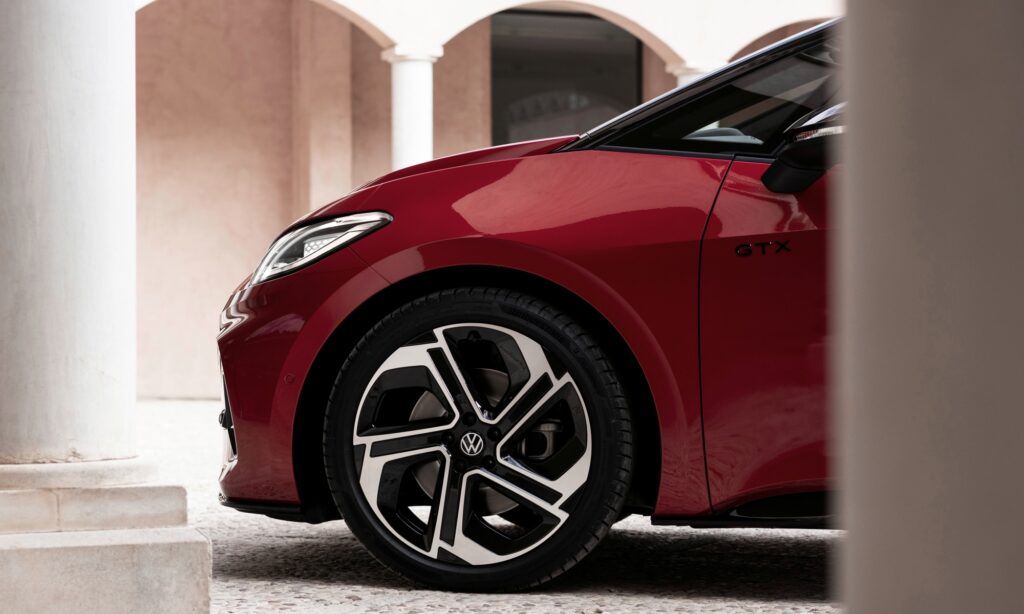
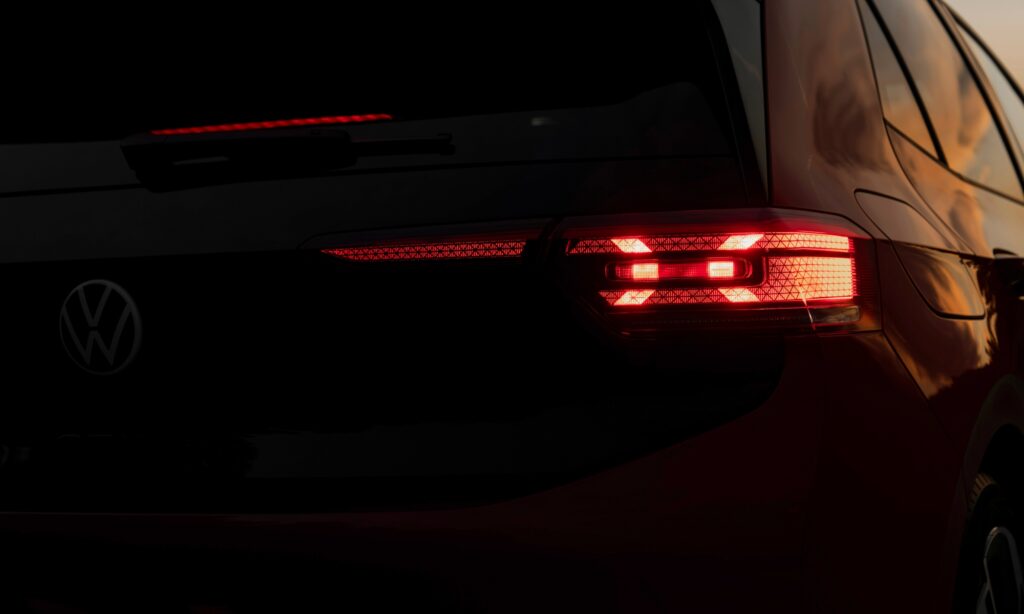
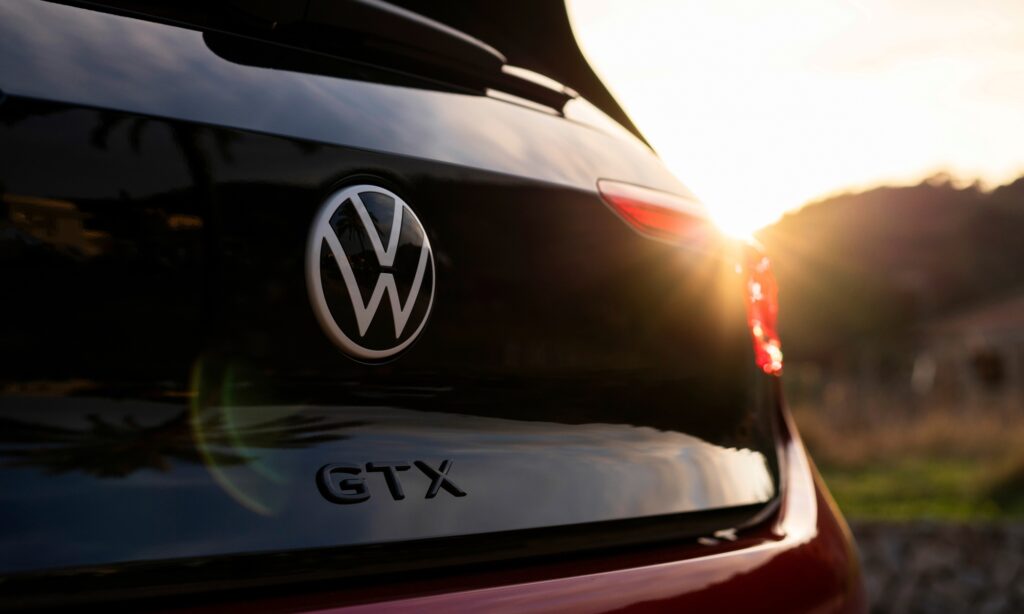
With a more compact chassis, a more powerful electric motor and faster charging, there's more fun to be had in the Volkswagen ID.3 GTX.
Their efficiency is far superior to internal combustion engines, but there is still much that can be improved regarding the electric motor. The Volkswagen ID.3 GTX is now equipped with a newly developed permanent magnet synchronous motor code APP550, which has 286 hp in the weaker version and 326 hp in the ID.3 GTX Performance model, with a maximum torque of 545 Nm in both cases . . This puts it on par with previous turbo V6s while being the size of a decent watermelon.
It's worth taking the six-hundred-kilometre WLTP range with reservations, but with the ID.3 GTX's 79 kWh net lithium-ion battery (84 kWh total), the reality probably won't disappoint either. It can take up to 175 kW from a direct current (DC) charger, so the ID.3 GTX can be charged from ten to eighty percent in 26 minutes.
Its more powerful version flashes 100 pixels on the screen in front of the driver in 5.6 seconds, and the top speed of the ID.3 GTX Performance is 200 km / h. The weaker version needs six seconds to accelerate to 100 km/h, and the race ends at 180 km/h. Whether Volkswagen's electric hot hatch will bring a smile to a driver's face while driving will be revealed, not from the catalogue.
Big size, big strength, artificial intelligence
Sportiness isn't far behind Volkswagen's big cars either, but the ID.7 GTX Tourer is a far cry from being as big of a proposition as the Passat R36 that was introduced in 2007. This car has the same MEB platform as the ID.3 GTX, But in addition to the rear wheels, an electric motor also powers the front wheels.
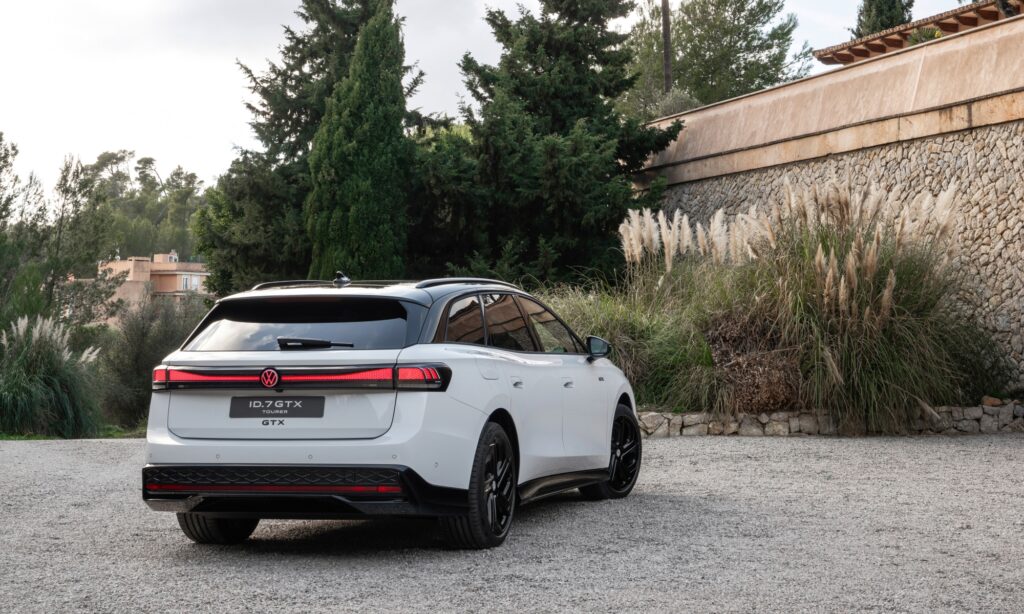
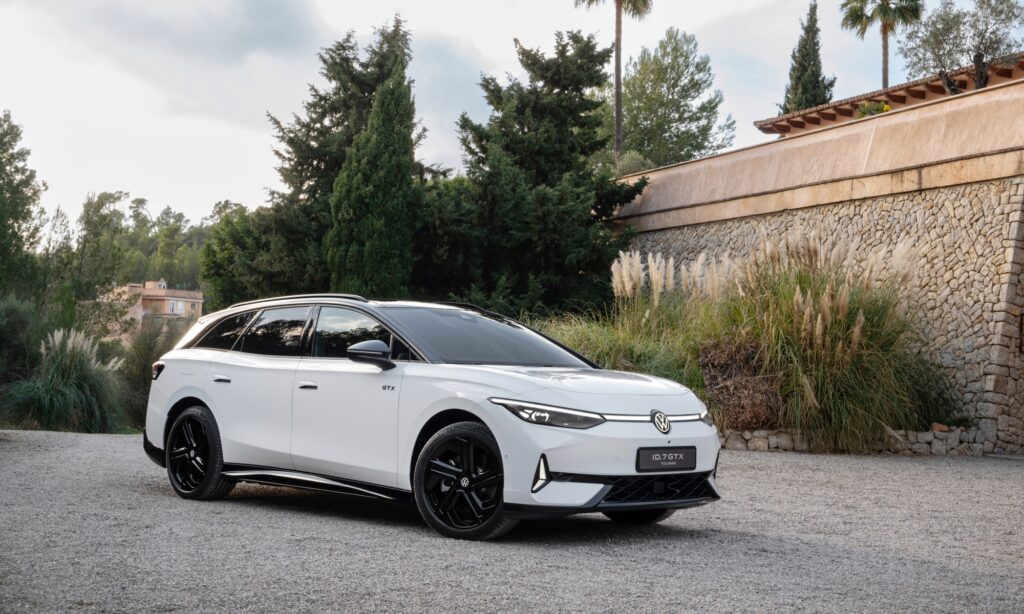
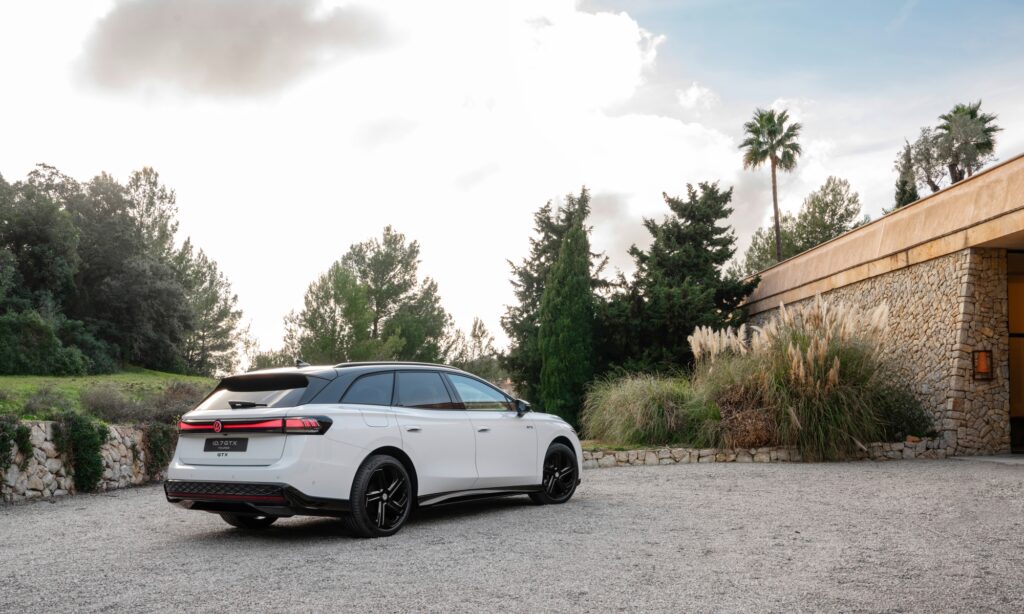
The Volkswagen ID.7 GTX Tourer is a huge car, but it didn't take up any more space than a decent Passat.
Everything could have been presented so that not only would there be a lot of space in the passenger compartment, but there would also be much more storage space than necessary in the ID.7 with a length of almost 5 meters and a wheelbase of almost 3 meters. However, charging cables and mandatory equipment, which get dirty easily, do not have a separate place in the nose, but must be placed in the trunk of the car among clean bags and other belongings. In this area, you don't really feel the advantages of the floor-spanning battery and small electric motors, as the engineers couldn't place the inverter and other elements in a space-saving way, even in such a massive car.
There is a lot of space for passengers in length and width, so it is not noticeable that those sitting in the back have to pull their knees a little higher than is comfortable. It does not have a smart and comfortable floor solution as in the Porsche Taycan. The giant glass roof, which can be dimmed with the push of a button, gives a wonderful sense of space.
Behind the steering wheel with red inserts, there is a very small screen that displays the most important information, the main thing being the touchscreen facing the driver, naturally with ChatGPT integration. They are mostly upholstered with recycled materials, but they all have a nice touch. Aside from the GTX's eyelets and red thread, there's nothing special about the GTX's cabin compared to the regular ID.7.
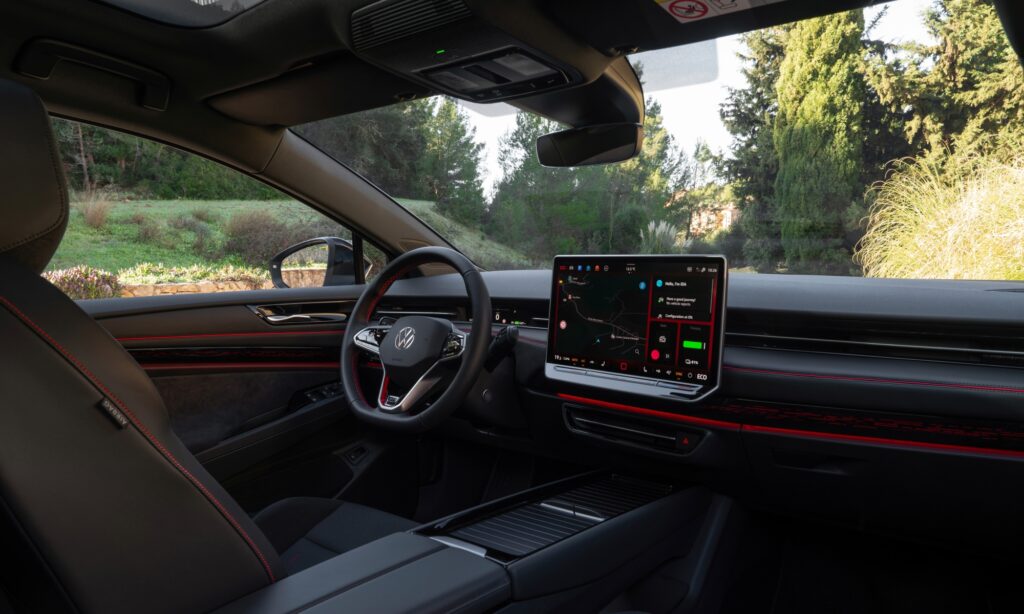
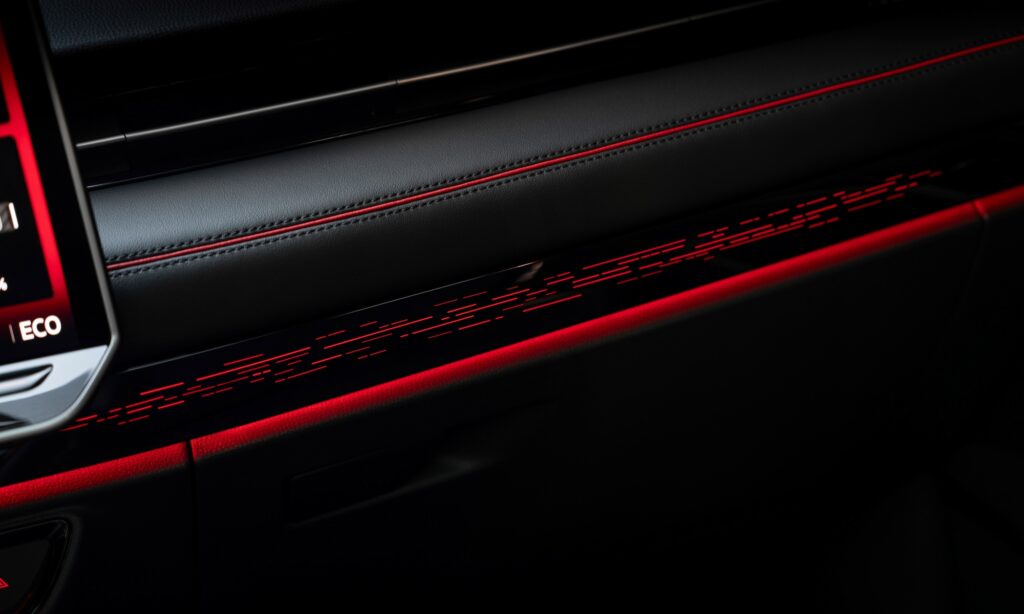

The Volkswagen ID.7 GTX accelerates from 0 to 100 km/h in six seconds and has a top speed of 180 km/h.
GTX logos are proudly emblazoned on it, it also has arrowhead-shaped running lights in the bumper and features honeycomb grilles at both ends, but with 2.3T, floating front calipers, and rear drum brakes, it would be a shame to look for true sporting character. In the top dual-engine model of the Volkswagen ID.7.
R36, a truly sports Passat
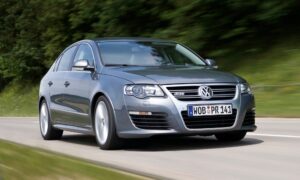
Blue brake callipers flourished behind the rims, huge air intakes on the nose, a small spoiler and two exhausts at the back announced that getting into a Volkswagen Passat would be more difficult than getting into a 2.0 TDI. The front of the R36 4motion is crossed by a 3.6-liter VR6 engine, which generates 300 horsepower and 350 Nm of torque.
Also in this case, the rear wheels are driven by a more efficient 98 kg APP550 permanent magnet synchronous motor with 286 hp and maximum torque of 545 Nm. The front axle has an asynchronous electric motor (AKA150) with just over 100 hp and 134 Nm of torque. The ID.7 GTX Tourer's twin-motor system has an output of 340 horsepower.
The ID.7 GTX Tourer has a range of over six hundred kilometres, which includes an 86 kWh pure lithium-ion battery. The GTX, which can be charged with up to a 200 kW DC charger, can charge from ten to eighty percent in less than thirty minutes.

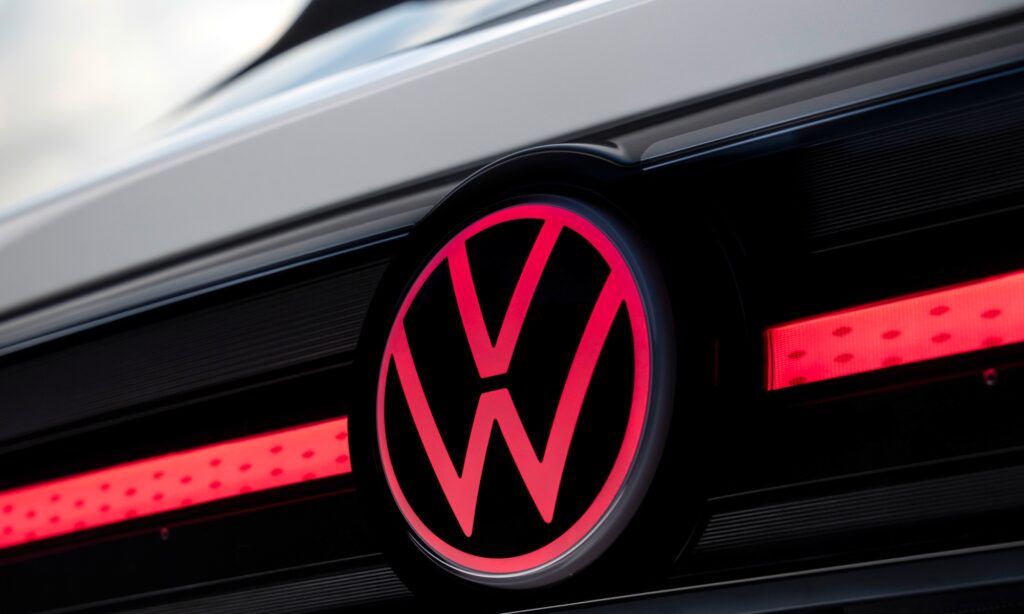
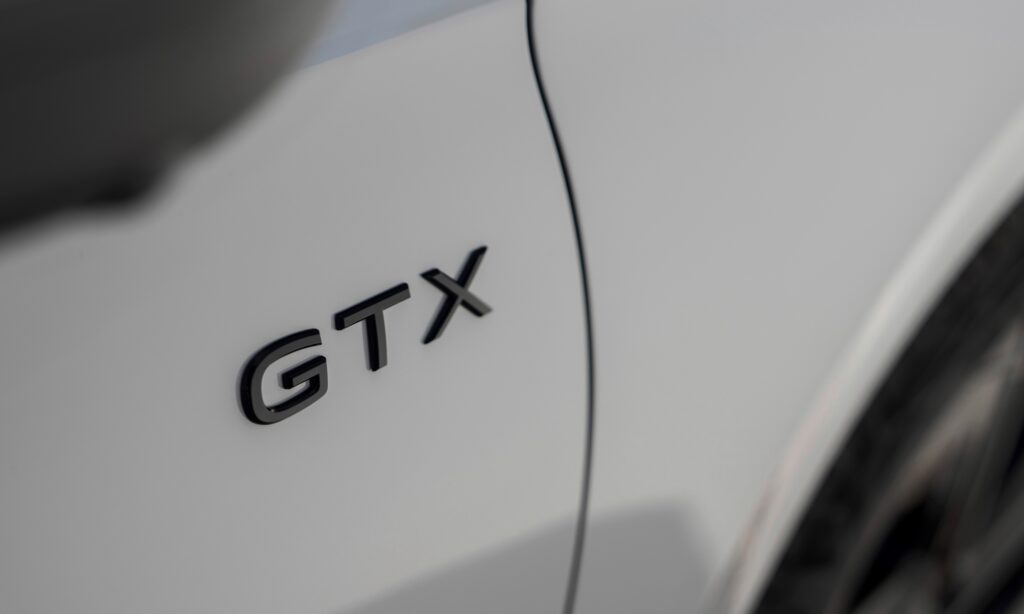
You may also be interested in:






